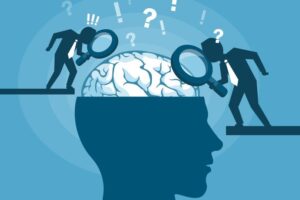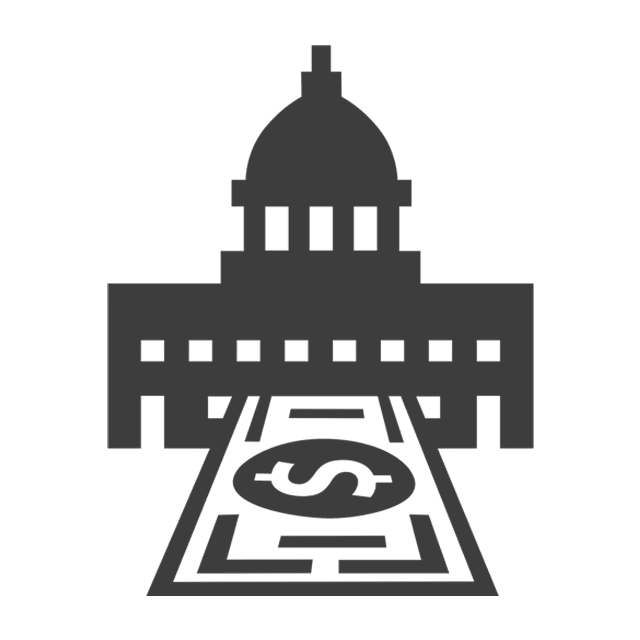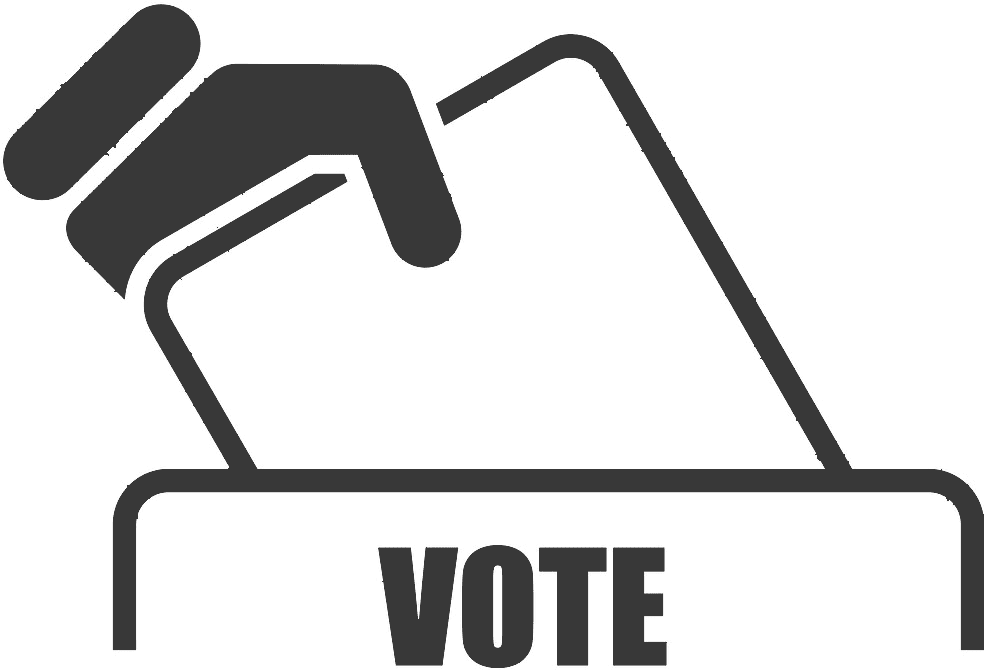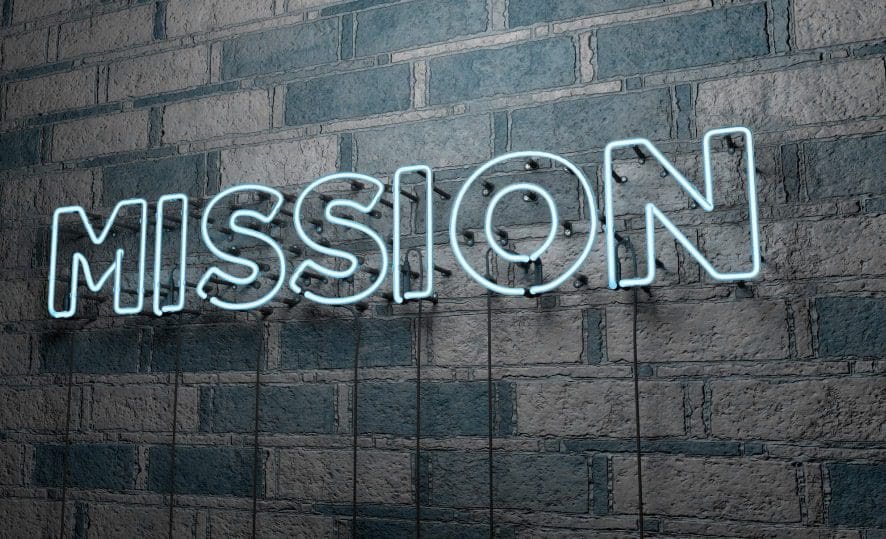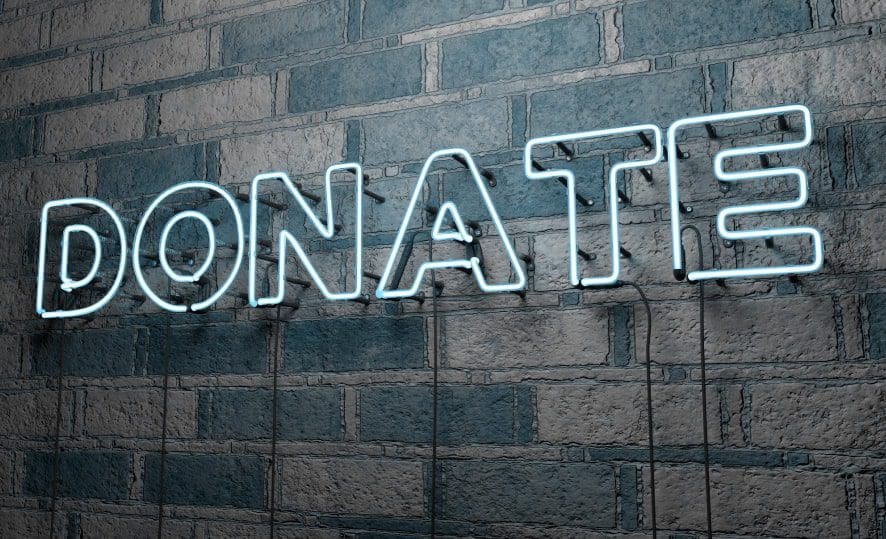As America enters another era of economic uncertainty, many are trying to make sense of the decision-making taking place in D.C.

With more than 33 million Americans filing unemployment, economic prospects look dire and workers across the nation are waiting for what D.C. is planning to do next to cushion this precipitous fall. We must remember that the current slowdown was not the result of market action but was rather caused by a number of state-led shutdowns across the nation.
Capitol Hill has taken bold measures by dropping well over $2 trillion in relief packages since last March. As the uncertainty from COVID-19 continues to grow, the likelihood of future spending programs being put forward will increase significantly. Democrats are already rolling out plans for $3 trillion in additional spending. For an advocate of fiscal restraint, such a scenario would be a nightmare as the national debt continues to increase at record-breaking levels.
However, it’s not just Congress taking action during the pandemic. America’s central bank, the Federal Reserve, has been busy expanding its balance sheet by buying Treasuries and mortgage-backed securities in unprecedented numbers, ostensibly to “rescue” the economy from impending collapse. Because of the impact, the current lockdowns have had throughout the economy, the Fed has been granted $4 trillion in lending power to bail out whichever institutions it deems fit. For many Americans, monetary policy might fly over their heads, but this does not discount its importance.
America has a long tradition of skepticism towards central banks dating back to the country’s founding. Many of the founders like Thomas Jefferson were skeptical of large banking institutions due to the power they could potentially exert over an economy. In the 20th century, economists from the Austrian school of economics stood out in their criticism of the central banks. Looking back, the Austrians’ anti-central banking positions were justified due to the hyperinflationary episodes that took place in countries such as Weimar Republic Germany, and Argentina. In contemporary times, Venezuela and Zimbabwe have fallen victim to the hyperinflationary trend that is characteristic of loose monetary policies.
Central banking in developed economies like the U.S. has a signature– market intervention through credit expansion and manipulation of interest rates. Although direct money printing is not a hallmark of current central banking policies in the West, the operations of modern-day central banks present a number of unique problems. With the U.S. clearly in an economic downturn, there have been calls for the Fed to keep artificially low-interest rates and even pursue negative interest rates in order to keep the economy’s juices flowing.
In previous eras, such ideas would have been scoffed at, but now they’re entering mainstream political discourse. One of the more powerful insights of the Austrian school is its analysis of the danger of central banks tampering with interest rates. The enactment of low-interest rates encourages the accumulation of unproductive debt, excessive consumer spending, and discourages productive savings.
Eventually, the party comes to an end after businesses recognize they made errors in their investments and have to readjust their business models according to prevailing market conditions. Regular consumers are also compelled to tighten their belts in the correction phase. No part of this process is pretty. It requires great sacrifices and readjustments in economic activities. No matter how institutions like the Fed try to create fictitious economic conditions, market realities will ultimately prevail.
Even more insidious is how loose monetary policies generate inequality. In recent decades, the Fed’s actions have largely been directed towards propping up assets such as stocks, bonds, and real estate. As a result, these assets rise in price, while regular consumers who hold money get the short end of the stick. This is due to the reduced purchasing power of money that is brought about by generalized inflation. In essence, asset holders get rich at the expense of everyday money holders.
This is illustrated by the infamous Cantillon Effect, named after the renowned French-Irish economist Richard Cantillon, who observed that the first individuals to receive newly created money witnessed their incomes surge while the last people to receive the money experienced a decline in purchasing power as consumer price inflation set in.
Additionally, the printing of money compels people of humble economic means to go into the stock market and other investments to stave off potential inflation. This involves regular people having to pay stiff transaction fees, which benefits the same banks that tend to be the first recipients of freshly printed money. Inequality is usually talked about in sensationalist terms without much attention paid to nuance.
Generally speaking, discussions about inequality are followed by calls for government intervention. The desire for the state to step in to solve inequality is misguided, but we should not be dismissive about inequality as a whole. There are certain forms of inequality that are the product of public policy. For that reason, it is incumbent upon us to demonstrate how certain policies coming from central banks contribute to this dynamic.
Indeed, most people would love to see the abolition of central banking institutions. Considering how fiscally reckless the U.S. has become, the country could be staring at a sovereign debt crisis in the not too distant future. At that point, there will be a strong incentive for the government to debase its currency in a desperate attempt to pay off the debt with depreciated dollars. Under such circumstances, Americans will inevitably be subject to a wholesale reduction of their standard of living.
So what can be done? Politics is a messy process and the potential for legislation to reform, let alone, abolish central banking, almost seems like a fleeting prospect at this juncture. The good news is that markets find ways to solve many of the problems people face on a daily basis. The question of monetary policy is now being addressed through the rise of Bitcoin and other digital currencies on the free market. Indeed, digital currencies are still in their infancy but they are providing valuable lessons to millions across the globe on how money works.
Namely, money can emerge in private markets, and when left to operate freely, it can serve as an alternative to state-controlled currencies. A depoliticized money enables the restoration of economic liberties and can correct many of the deleterious effects of government intervention. It may behoove freedom advocates to focus their efforts on developing digital currency infrastructure as opposed to engaging in conventional politics.
By putting skin in the game and building a competing monetary infrastructure, we can establish a viable alternative to the status quo of fiat money, thereby making it irrelevant on a gradual basis, without having to partake in the tedious and fraught arena of politics.


